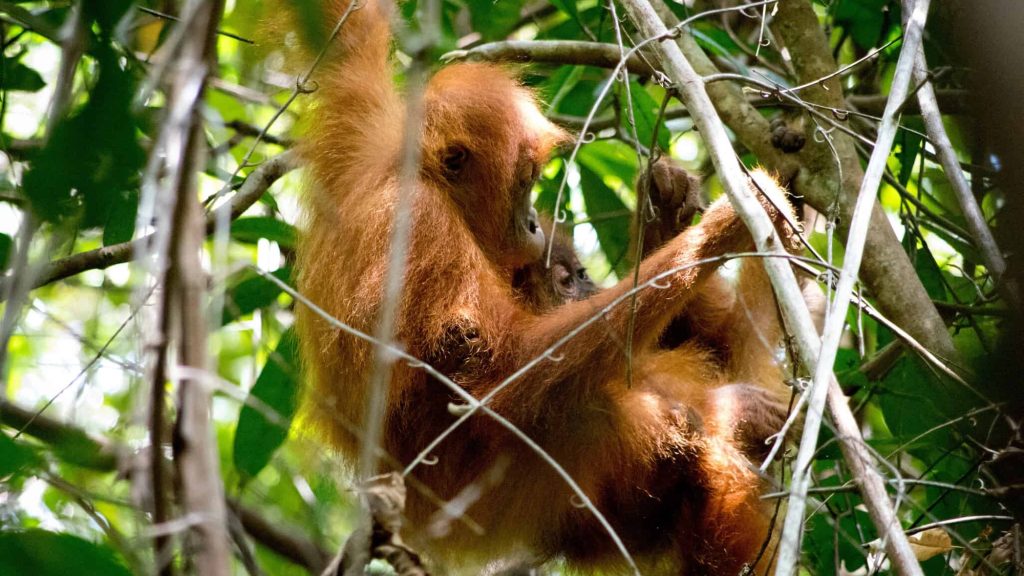Now Reading: Can Australia’s Social Media Ban Protect Teenagers Online?
-
01
Can Australia’s Social Media Ban Protect Teenagers Online?
Can Australia’s Social Media Ban Protect Teenagers Online?

Speedy Summary
- Policy Overview: Australia’s government will ban social media usage for under-16s starting 10 December 2025, citing concerns over exposure to harmful content and addiction.
- Implementation Challenges: Social media platforms must take “reasonable steps” to delete accounts of minors or face fines up to AUS$49.5 million (US$32 million). Enforcement mechanisms remain unclear, with questions about age verification accuracy.
- Age Verification Findings: Trials of age-verification technologies showed mixed results; one system could only reliably estimate ages within an 18-month range in most cases. Methods tested include facial recognition and hand gesture identification.
- Circumvention Risks: Critics highlight potential loopholes like VPN usage to bypass the ban.Monitoring VPN traffic may help address this issue.
- Debate on impact: Critics argue the ban could exclude teenagers from beneficial educational and social opportunities online while failing to address broader harms such as gaming platforms or AI companion risks.
- Government Rationale: the measure aims to give children time for education on social media risks before gaining access post-age 16. A mandatory two-year review has been proposed.
- Global Implications: Other nations are watching closely, treating australia’s policy as a large-scale experiment with wide implications.
(Image Credit: Anna Barclay/Getty Images)
Indian Opinion analysis
Australia’s groundbreaking decision is emblematic of rising global anxieties around adolescent safety online. With unclear enforcement tools and imperfect technology for age verification, the policy exhibits meaningful logistical hurdles that may complicate its efficacy. Concerns over loopholes like VPN use underline how adaptable digital ecosystems can be against restrictions.
For India, this development stimulates crucial conversation on regulating youth internet behavior amid expanding screens and digital access in schools and rural communities alike. Should Indian policymakers consider similar measures in the future, lessons from Australia’s outcomes-both successes and failures-will be critical reference points.Key debates emerge regarding balancing protection against harm with ensuring equitable digital access for learning opportunities-a nuanced policy challenge India woudl also grapple with if pursuing regulation targeting minors’ online presence.



























